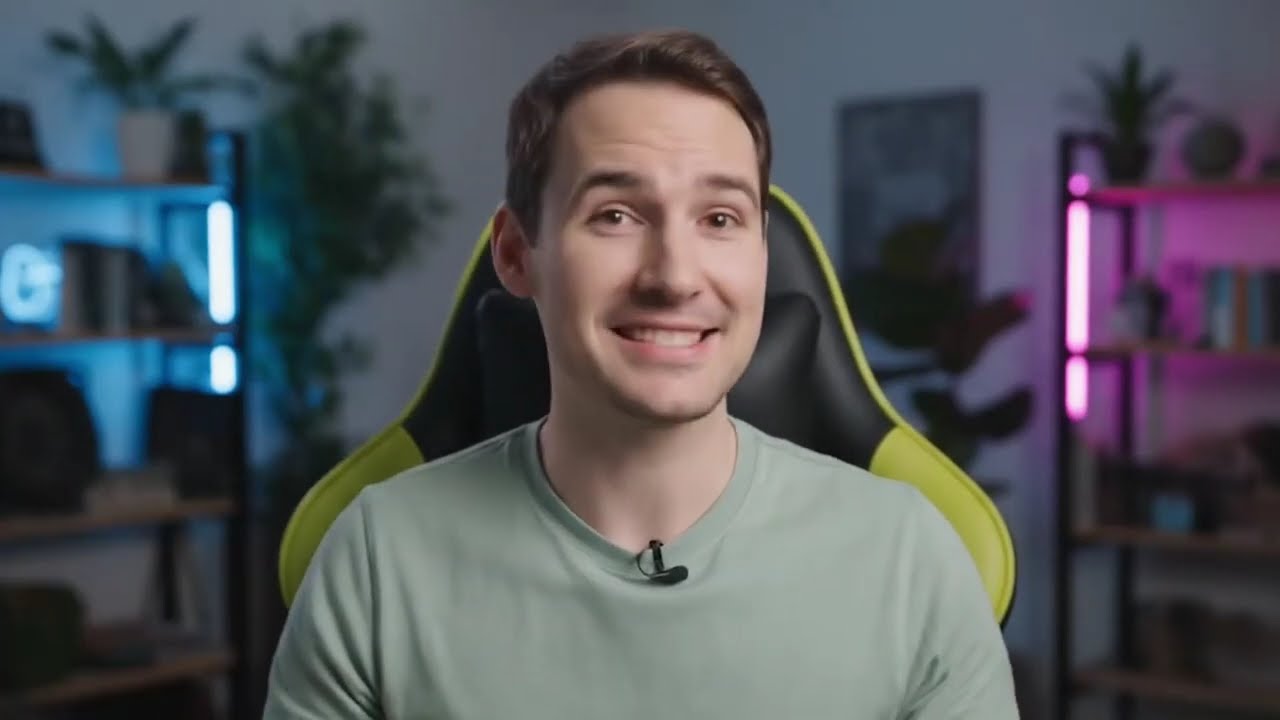The video highlights Google’s VEO3 AI technology’s remarkable ability to create highly realistic videos, speech, and media content, blurring the line between real and fake and raising concerns about misinformation and authenticity. It discusses the technology’s impressive capabilities, limitations, and potential risks, while also exploring future applications like immersive virtual environments and the ethical challenges of AI-generated content.
The video explores the groundbreaking capabilities of Google’s VEO3 AI technology, emphasizing how it has revolutionized the creation of realistic videos, speech, sound effects, and even entire media content. Everything shown in the video, from interviews to advertisements, was generated entirely by AI, highlighting how the line between real and fake is rapidly blurring. This technological leap is described as a seismic shift with profound implications for influencers, media, news, and the stock market, raising concerns about authenticity and the potential for misinformation.
The creator demonstrates VEO3’s impressive ability to produce natural-looking footage, including street interviews from both the future and the past, with accurate environments, accents, and details like clothing and color grading. The AI can generate diverse voices with regional accents, making characters more believable and varied. It can also craft emotionally evocative scenes, such as intense confrontations or promotional videos, complete with synchronized sound effects and subtitles, although sometimes with errors or unnecessary additions. These examples showcase the potential for highly convincing and emotionally impactful content.
VEO3’s strengths lie in creating realistic acting, complex scenes, and believable interactions, especially in close-up shots and macro footage. However, it still faces limitations with complex action scenes, where the choreography and details can become distorted or surreal. The technology’s ability to generate synchronized sound effects and multi-character conversations is remarkable, but dynamic action sequences often reveal its current shortcomings. Despite these issues, the AI’s capacity to produce convincing social media parodies and memes demonstrates its potential for entertainment and creative expression.
The video discusses the broader implications of such advanced AI, including risks related to fake news, scams, and market manipulation. It highlights how AI-generated content could be used maliciously, such as creating false political statements or fake crises that could influence public opinion and financial markets. The creator reassures viewers that they are real and points out telltale signs of AI, like unnatural hand movements or inconsistent facial features. The cost of VEO3 is noted as high but expected to decrease over time, with many competitors likely to emerge from other countries, intensifying the AI content arms race.
Finally, the video explores future possibilities, such as AI-driven game design, real-time interactive environments, and live AI simulations. It showcases tools like Odyssey, which allow users to explore AI-generated worlds interactively, hinting at a future where immersive virtual experiences are commonplace. The creator emphasizes that ideas will become even more critical in content creation, as AI makes it easy to produce vast amounts of material. Overall, the video presents a mix of excitement and caution about the rapid evolution of AI technology, urging viewers to consider both its incredible potential and the ethical challenges it poses.
